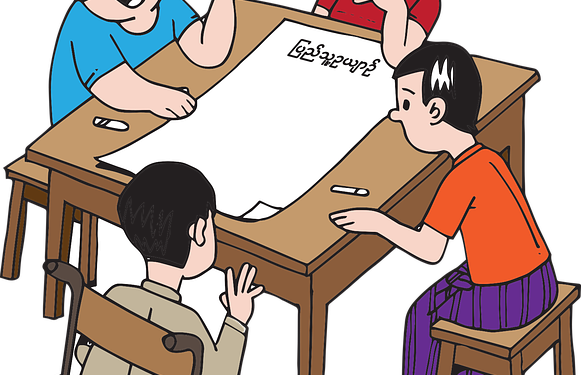This article explores the many different types of education that are available to those with disabilities, and how these education styles can be successfully used.
How being educated affects your disability
There are a few factors that determine how a person with disabilities is educated. One of the most important factors is the type of disability. There are five main types of disabilities: intellectual, physical, sensory, psychiatric, and developmental. Each disability has its own set of requirements for education. For example, people with intellectual disabilities require an individualized education program that meets their specific needs. Physical disabilities may require accommodations such as wheelchair access to classrooms or specific seating arrangements. Sensory disabilities may require modifications to the environment, such as sound-proofing classrooms or creating a quiet zone in the cafeteria. Psychiatric disabilities often require special schooling programs for students with mental health issues. Finally, developmental disabilities can affect any stage of development and require different levels of assistance from educators in order to accommodate for their specific needs. Each type of disability affects a person’s educational experience differently. For example, people with intellectual disabilities typically have difficulty reading and doing math at astandard level. They may need specialized instruction in these areas in order to be successful in school. People with physicaldisabilities may need accommodations such as help with carrying materials or having extra timeto complete tasks. People with sensory disabilities may need accommodations such asquiet rooms or Braille
Ways to be educated
There is no one answer to this question. Different students with disabilities have different needs and desires when it comes to their education. Some students may require more one-on-one instruction, while others may prefer a more group setting. Additionally, some students may need accommodations in the form of extra time on tests or an altered classroom schedule. The most important factor in determining how a student with disabilities is educated is the individual’s needs and desires. Schools should work with the parents or guardians of each student to get a better idea of what type of education will work best for that person.
The history of disability education
When it comes to disability education, there is a long and varied history. In some ways, the history of disability education mirrors the history of disability itself – it has been a subject of debate and contention for centuries. One of the earliest references to disability comes from Plato’s Republic. In this text, Plato argues that people with disabilities should be kept in isolation, as they are not capable of living in society. This view persisted throughout antiquity and was widely accepted until the Enlightenment, when people began to question traditional views about disability. During the Enlightenment, people began to question traditional views about disability. One of the first proponents of inclusive education for people with disabilities was François Nicolas-Jacques Conte de Caylus, a French aristocrat who lived from 1694-1778. Caylus was also one of the first Europeans to advocate for the education of women and girls with disabilities. He argued that these individuals were just as capable as other members of society, and that they should be given the same opportunities for education and advancement. Caylus was one of the first proponents of inclusive education for people with disabilities. Despite these early efforts, much progress still had to be
The most common types of disabilities and their strengths
There are many different types of disabilities, and each person with a disability has their own strengths and weaknesses. This makes it difficult for people with disabilities to receive an education that is tailored specifically to their needs. Most schools use general methods to measure a student’s level of functioning, which can lead to deficits in knowledge and skills that the student with a disability may be able to overcome. Here are some common disabilities and their strengths: Intellectual disability: intelligence is below average, but there is no significant impairment in other areas of life, such as social or communication skills. This makes individuals with intellectual disabilities very good at certain academic subjects, such as math and science. They often have excellent problem-solving abilities and are natural strategists. A person with an intellectual disability may have difficulty following instructions and instructions may be difficult to understand. However, they are very quick thinkers and can process information quickly. Teachers should take this into account when designing assignments for students with intellectual disabilities. Autism: people with autism have deficits in social communication and interaction skills, which can make it difficult for them to join groups or participate in class activities. They also tend to be very literal thinkers, meaning that they see things in black
Conclusion
In order to ensure that all students with disabilities are adequately educated, it is important to understand the various factors that contribute to a person’s ability to learn. Some of these factors include: genetics, environment, and personal characteristics. It is also important to look at how the individual with a disability is being taught in order to create an Individualized Education Program (IEP) that meets his or her specific needs.



